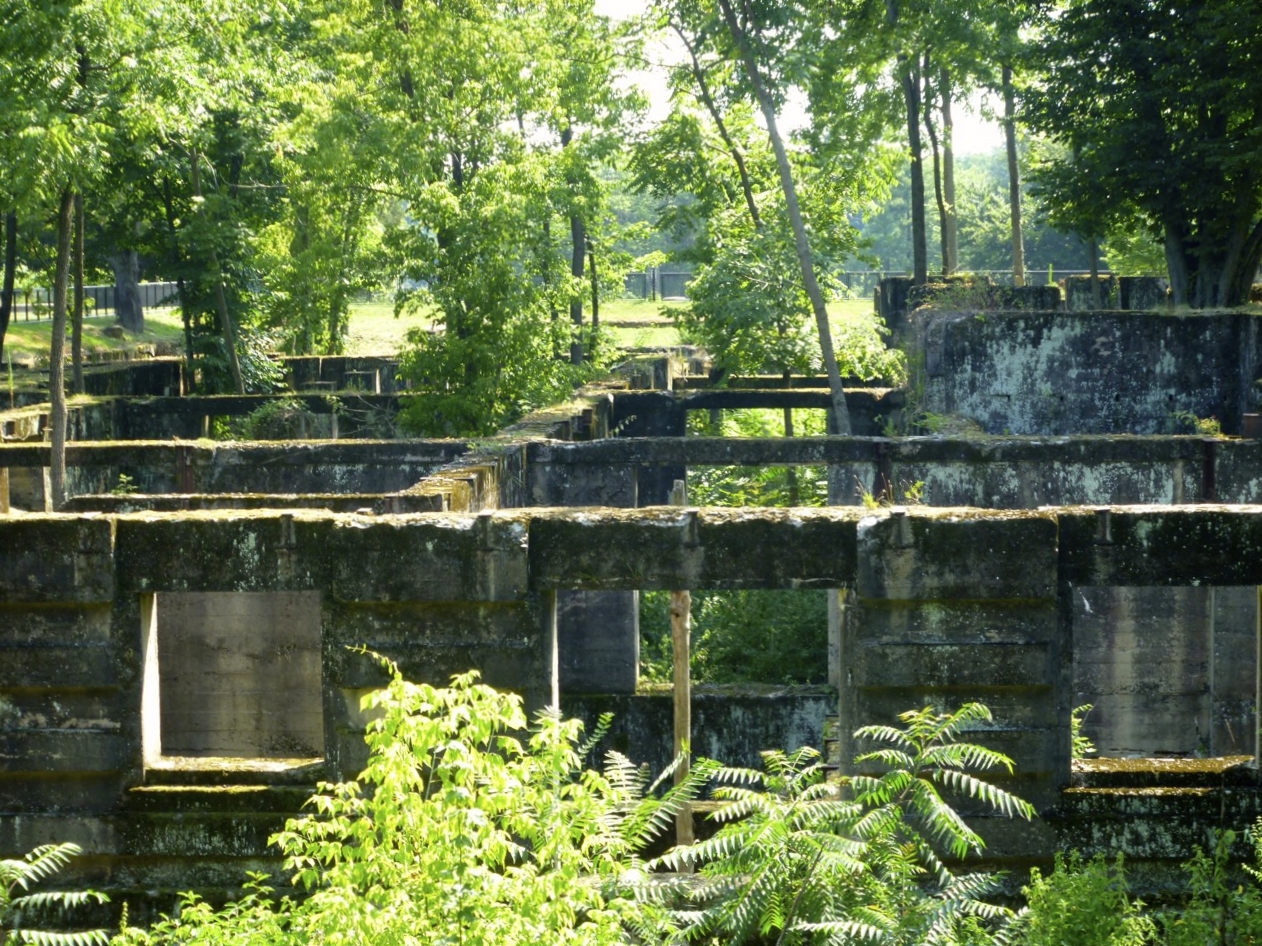
This wild garden features a meadow of cosmos. What's not clear from this photo is that this field is bissected by mown pathways that allow visitors to wander in. Private residence, East Hampton, NY.
The wild garden reflects plants arranged as they might be seen in nature. Like the gardenesque, the wild garden benefited from plant hunters introducing new species into Europe. What makes the wild garden unique is that natives and exotics are arranged in completely naturalistic combinations - rhododendrons interspersed with native woodland shrubs, oriental poppies integrated into an herbaceous border. Look for effusive beds, meadows, and ponds; no clipped hedges or unnatural schemes.
In the mid 1800's, the wild garden was a true innovation. William Robinson's 1870 book, The Wild Garden in England captured the style well: “My object in The Wild Garden is now to show how we may have more of the varied beauty of hardy flowers than the most ardent admirer of the old style of garden ever dreams of, by naturalizing many beautiful plants of many regions of the earth in our fields, woods, and copses, … in every kind of garden.”
This style inspired arts and crafts garden designers that followed. Today, similar elements show up in today's native and prairie garden movements.
Check out the posts below for other examples of gardens inspired by the wild style.










